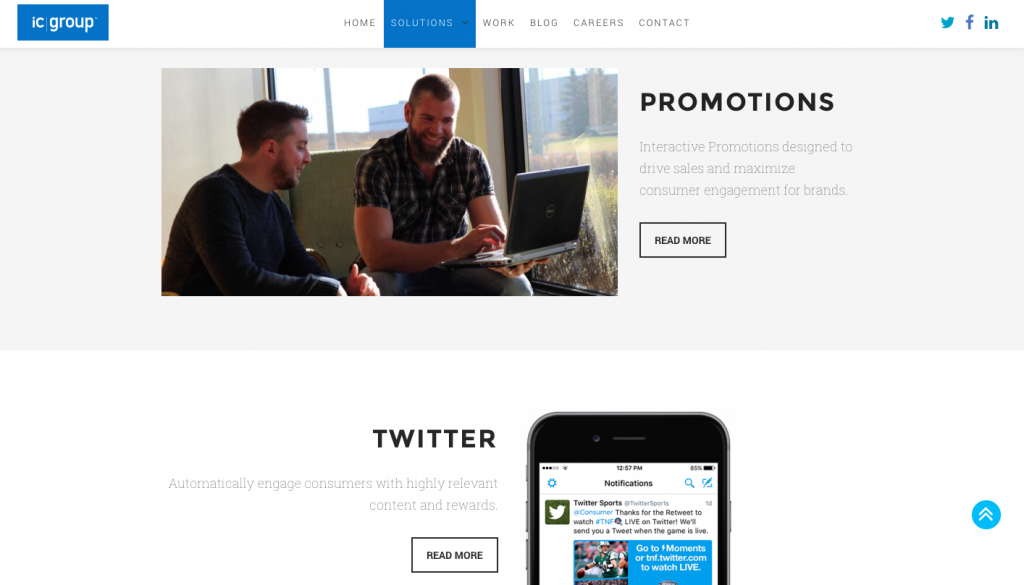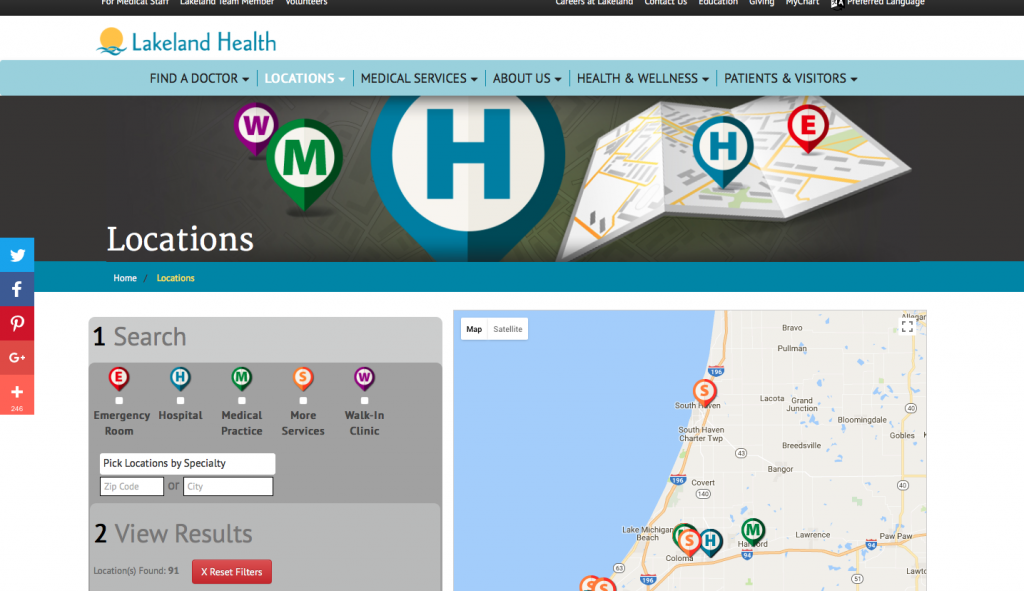Now, the focus isn’t about presenting content in a simple and user-friendly way – it’s about presenting data, when and where you want.
Enter the headless CMS. Gone is the necessary ‘viewing’ part of your content management system. In its place is a flexible API that can shoot data – be it a blog post or a customer profile – wherever you want. It doesn’t matter if it’s a website, a web app, a kiosk, or some new device that maybe hasn’t even been invented yet – with a headless CMS, you can disseminate your data wherever and however you and your users want.
But this isn’t just a theory. A headless CMS is becoming an increasingly popular choice among businesses. Here are 3 concrete example of how companies have successfully implemented a headless CMS solution with brilliant results.
1. Elastic
Elastic is a SaaS company that makes data searchable, presentable, and integrate-able for small companies and enterprises as well as offering cloud hosting solutions. They service clients like Sprint, Accenture, Blizzard, eBay, Warner Brothers, and Netflix.
While they offered a dynamic product, they were hosting their own website on WordPress, with a digital template agency providing graphic and developer support. However, this wasn’t working for their organization. Changes were slow, there wasn’t a truly functional staging area, and publishing content was time-consuming and clunky.
That’s where Built.io came in. They offered a headless CMS product with an integration engine add-on that allowed Elastic to move content from various origination sources through to their website quickly and easily.
With more flexibility, Elastic could push far more documentation out the door and create a dynamic and up-to-date customer experience. Plus, by reducing their reliance on a digital agency, they saved on development costs – a major benefit for any big organization.
By going headless, Elastic was able to keep up with the demands of their clients – without resorting to costly third-party development fees.
2. IC Group

IC Group is a major loyalty and digital promotions agency serving brands like Subway, Huggies, KitchenAid, Wendy’s, and Microsoft XBOX. They got their start back in the late ‘80s running million-dollar prizes for things like hole-in-one challenges based on an insurance underwriting business model. By the late ‘90s they had moved into an interactive space, and by the early 2000s, they were a digital promotions, loyalty, and creative agency.
However, the business was under pressure. Rising technical costs because of legacy systems meant meeting client needs for custom creative was increasingly expensive. They were being priced out of the market.
That’s where Sitefinity came in. With a headless CMS based on .NET practices and complete with a flexible API, they were able to help IC Group become incredibly effective. Not only did they reduce their technical costs, but they created a tool that let designers build the creative they needed quickly and easily – without resorting to code.
But the real value is in how future-proofed IC Group is going forward. Customer loyalty is going to be increasingly important, and brands are going to have to navigate even more devices and engagement points (some of which won’t even have a screen). A headless CMS gives IC Group an edge by allowing them to create branded collateral and push it out via API to wherever it needs to go.
The result? Fast development time, immense cost savings, and a digital ecosystem that will serve them far into the future.
3. Lakeland Health

Finally, we get to Lakeland Health. While the first two examples were organizations looking to truly transform how they did business, Lakeland Health had a more humble goal – have different devices and systems to talk to each other.
The problem, as is the problem all over the healthcare digital world, is that they relied on HIPAA-secured, proprietary software to power their website. While it was secure, it meant IT was dysfunctional for the not-for-profit’s staff and 112,000 patients. Integration, when it could happen, was expensive and clunky. What’s more, any device smaller than a laptop, like phones, smart carts, or tablets, rendered the website effectively useless.
But in leveraging Sitefinity as a headless CMS, this all changed. When Lakeland redesigned its website, its team knew that easy API callouts were going to be essential and that a responsive, good-on-any-device look and feel was a must.
Sitefinity’s CMS gave Lakeland the ability to deploy over 1,500 pages of new content in under six months, link the website to hospital staff software, drive social engagement with API callouts to Facebook, and even link the website to the G Suite, particularly Google Maps. While all this sounds relatively straight forward, for Lakeland, it was an enormous improvement – particularly given that it had to happen in an ultra-secure environment.
The result was a site that served users and developers better, giving the former the experience they experience while allowing the latter to continue to work quickly without compromising on security.
Conclusion
With the emergence of headless CMSs and the mounting evidence of their effective execution, it’s clear the decoupled front-end and back-end systems are going to be the way forward. With more and more devices requiring access to an organization’s data, it’s also clear that an omnichannel experience isn’t just going to be a responsive site anymore. A headless CMS allows organizations to create a single source of content, with the flexibility to distribute it when and where they need it.
And if these examples are anything to go by, it looks like the headless CMS isn’t just passing trend but in fact, is here to stay.
